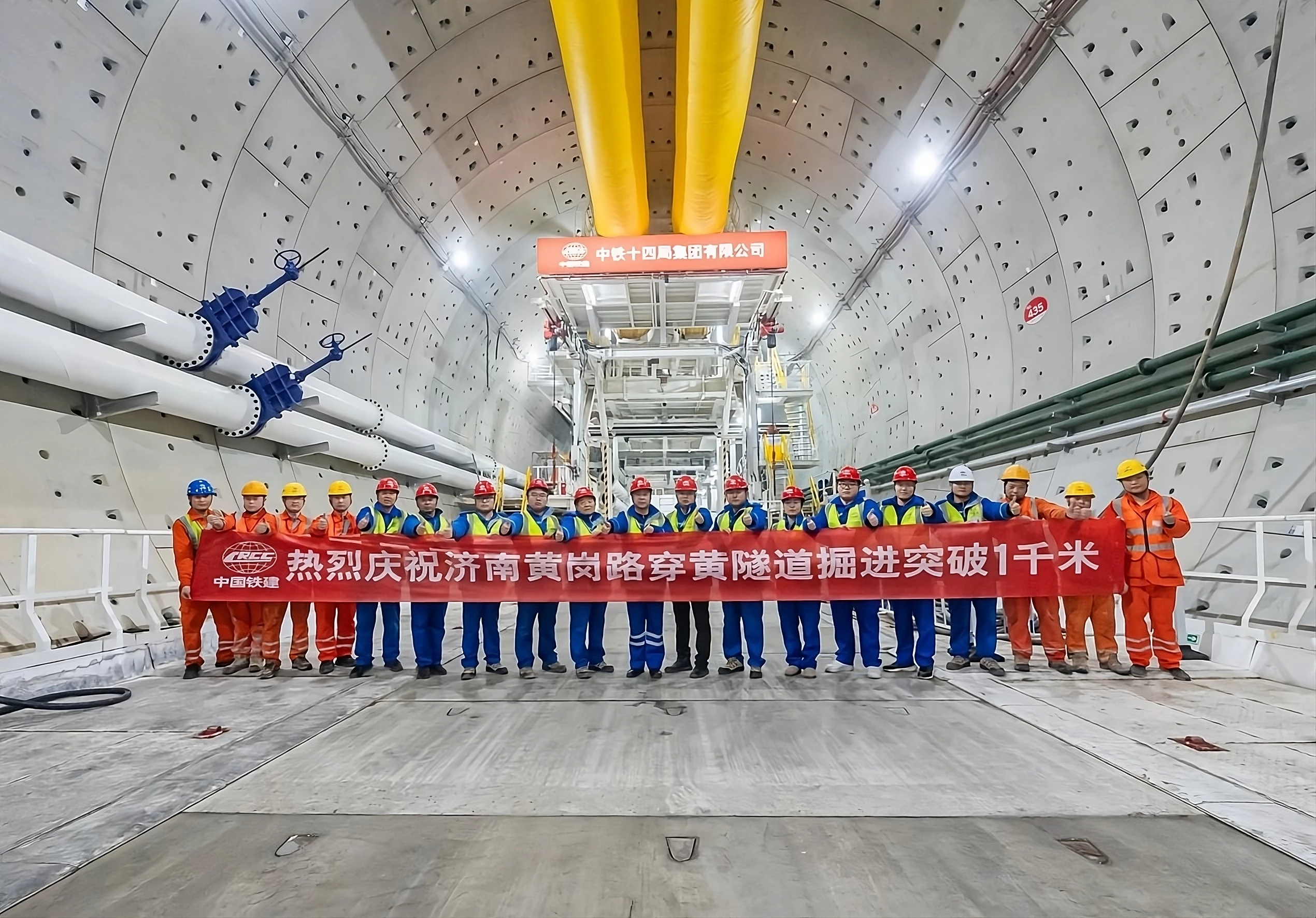
In a feat of modern engineering, China has successfully completed the Jinan Huanggang Road Tunnel, the widest underwater roadway on the planet, in just 110 days. Spanning nearly two miles beneath the Yellow River and measuring 55.8 feet across, this six-lane tunnel promises to transform urban mobility in Jinan, the capital of Shandong Province. Slated to open by late 2025, the project showcases both the power of advanced tunnel boring technology and the urgency of China’s infrastructure ambitions.
Breaking Ground Beneath the Yellow River
The Yellow River, often called the “cradle of Chinese civilization,” has long posed a formidable obstacle to east–west travel in Jinan. Traditional bridge construction in this tidal and sediment-heavy waterway carried environmental risks and lengthy timelines. Faced with growing traffic congestion and the need for resilience against floods, city planners turned to a bold solution: an underwater tunnel that could whisk vehicles beneath the riverbed, safe from seasonal flooding and ice flows.

“Shanhe”: The Giant Machine at Work
At the heart of the project was “Shanhe,” the world’s largest tunnel boring machine (TBM), custom-designed for the task. Weighing several thousand tons and stretching over 500 feet in length, Shanhe carved through soft soil and mixed gravel at a blistering pace—averaging over 59 feet of progress per day. By comparison, many urban tunnel projects manage just a few feet of advance each day.
Shanhe’s success hinged on a combination of innovations:
Pressurized Cutterhead: To stabilize the delicate riverbed sediments and prevent collapses.
Real-Time Monitoring: Sensors within the TBM relayed data on ground pressure, cutter wear, and machine integrity, enabling engineers to make instant adjustments.
Automated Segment Installation: As Shanhe advanced, it simultaneously installed 500 pre-cast concrete pipe rings, forming the tunnel’s robust lining and ensuring long-term structural stability.
Engineering Challenges and Environmental Safeguards
Excavating beneath a major river is fraught with risk. Water seepage, ground settlement, and disruptions to aquatic ecosystems all demanded careful management. Prior to construction, hydrologists and geotechnical engineers conducted extensive surveys to map sediment layers and groundwater flows.
During tunneling, a closed-face design maintained pressure at the cutterhead, preventing inflows and minimizing disturbance to the river’s flow. Silt curtains and real-time water-quality testing protected fish habitats and downstream water users. The project’s environmental plan also included restoring riverbanks and monitoring aquatic life after completion, underscoring China’s growing commitment to balancing infrastructure growth with ecological stewardship.
Transforming Urban Mobility
Once operational, the Jinan Huanggang Road Tunnel will link the city’s northern and southern districts, reducing travel time across the river from over 30 minutes to mere minutes. By alleviating pressure on existing bridges and roadways, the tunnel is expected to:
Cut Congestion: Divert up to 50,000 vehicles per day from surface streets.
Enhance Emergency Response: Provide flood-safe routes for ambulances, fire services, and police.
Promote Economic Integration: Enable smoother transport of goods between industrial zones north of the river and commercial hubs in the south.
Local officials estimate that the tunnel will support an additional $1.5 billion in annual economic activity by improving logistics and encouraging new residential and commercial development along its approaches.
A Blueprint for Future Projects
The rapid completion of this record-breaking tunnel reflects China’s broader infrastructure strategy: leverage state-backed investment, cutting-edge technology, and streamlined permitting to deliver megaprojects at scale. Similar under-river tunnels are now under study in other Chinese cities—along the Yangtze in Chongqing and beneath the Pearl River in Guangzhou.

International observers note that China’s experience with Shanhe and the Jinan project offers valuable lessons in:
Machine Customization: Designing TBMs tailored to specific soil and hydrological conditions.
Integrated Digital Control: Using real-time data to optimize progress and safety.
Environmental Integration: Pairing ambitious engineering with rigorous ecological measures.
As urban populations worldwide swell and climate change intensifies flood risks, under-river tunnels may become an increasingly attractive alternative to traditional bridges—provided the technology and environmental safeguards keep pace.
Looking Ahead
By late 2025, commuters in Jinan will experience a swift, secure crossing beneath the Yellow River—one made possible by a combination of bold vision, formidable machinery, and meticulous planning. The Jinan Huanggang Road Tunnel is more than a local transportation upgrade; it is a testament to how human ingenuity can overcome natural barriers and set new benchmarks in civil engineering.
Source: Xinhua News Agency
